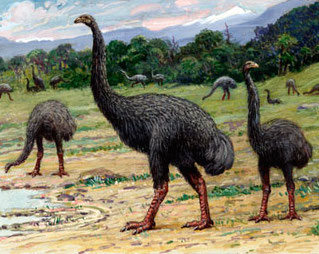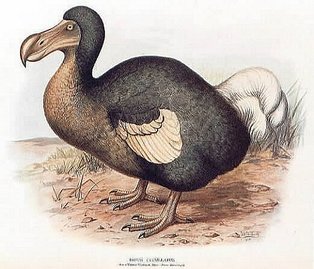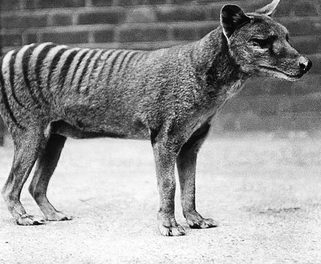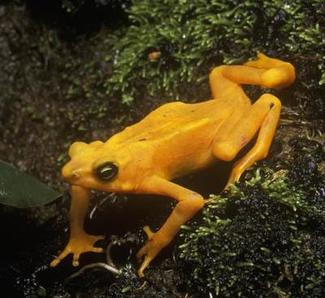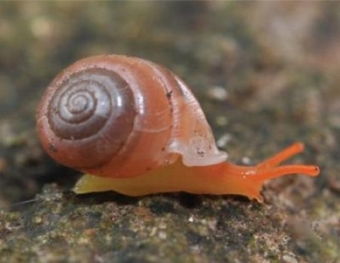Urns of Extinct Animals
|
Last seen in: 1445
Last seen in: 1688
Last seen in: 1936
Last seen in: 2004
Last seen in: 2014
|
Moa
Dinornis robustus Considered one of the largest bird to ever exist, these flightless birds were native to New Zealand. They are believed to have gone extinct within a hundred years of human arrival. It is also hypothesized that male Moas incubated the eggs as they were smaller and lighter than the females. Much like the living flightless bird species found around the world today. Dodo Raphus cucullatus The Dodo is quite possibly the most famous extinct animal ever. They were found only on one island called Mauritius east of Madagascar. They had no fear of humans as they had no natural predators on the island. They got their name because they were believed to be not smart enough to know to flee. The Dodo was often taken aboard ships and used as food. There are no physical remains of the Dodo, the last skeleton was destroyed to make room for more specimens of other animals. Tasmanian Tiger (Thylacine) Thylacinus cynocephalus The Thylacine was the largest carnivorous marsupial ever documented. They were hunted mainly for their pelts by british settlers to Australia, New Zealand and Tasmania. These apex predators were also shot by cattle ranchers to protect live stock. They were not recognized as endangered until only one remained, it died only a few days later of unknown causes. Panama Golden Toad Incilius periglenes These amphibians were documented using a unique form of communication, sign language. Instead of croaking they would wave one of their front arms in either welcome or dismissal of approaching toads. They were wiped out by what is believed to be a combination of air pollution and an introduced disease brought to the area by people. There were great attempts at saving this beautiful toad, complete with captive breeding programs but the disease spread through the population too quickly. Malaysian Snail Plectostoma sciaphilum Located on one hillside in Malaysia this small snail was wiped out in an afternoon. The area in which this species lived was deforested to make way for a concrete quarry. What may seem of little consequence to humans, that hillside was this snail's whole world. |
